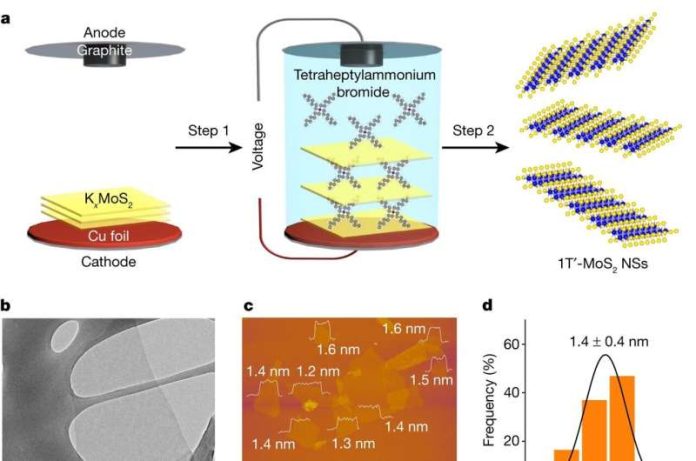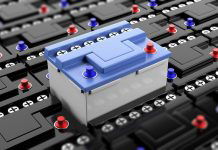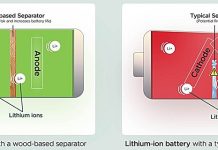
Renewable energy, like wind and solar power, is great but it has a big challenge.
What do you do when the sun doesn’t shine or the wind doesn’t blow?
Scientists have found an exciting way to store this energy for later by turning it into hydrogen. This could help countries like the U.K. fight climate change more effectively.
How do you store energy as hydrogen?
You use electricity from wind or solar to break water into hydrogen and oxygen. This process is called “electrolysis.”
Then, the hydrogen is stored and can be turned back into electricity when you need it. Sounds perfect, right? But there’s a catch.
To do this, you often need to use a special material called platinum, which is very expensive.
Here’s the big news: researchers at City University Hong Kong (CityU) and Imperial College London have created a new material that can do this job better and cheaper.
They have figured out a way to use only tiny amounts of platinum, making the whole process a lot less expensive. They spread individual platinum atoms on a sheet made of another material called molybdenum sulfide (MoS2).
By using less platinum, they are not only saving money but also doing something good for the environment. Mining for platinum can hurt the Earth, so using less of it is a win-win situation.
The team tested their new material and found it actually works better than using just platinum. This discovery could be a game-changer for storing renewable energy.
Professor Anthony Kucernak, one of the scientists involved, said this could help the U.K. reach its goal of making a lot more hydrogen by 2030.
This will be good for fighting climate change. It’s part of the plan for the U.K. to have zero net carbon emissions by the year 2050.
So what happens next? The same team of scientists is also working on making the second half of the process cheaper. When you want to turn the stored hydrogen back into electricity, you usually use something called a “fuel cell.”
This also often needs platinum. But the scientists have discovered a way to use iron instead, which is much cheaper. A company called Bramble Energy will test this new method in their fuel cells.
In short, these new discoveries could help make renewable energy more practical and affordable. They could make it easier to use wind and solar power all the time, even when the weather is not cooperating.
This is a big step towards a future where we rely less on fossil fuels and do more to protect our planet.
The study was published in the journal Nature.
Follow us on Twitter for more articles about this topic.
Source: Imperial College London.



